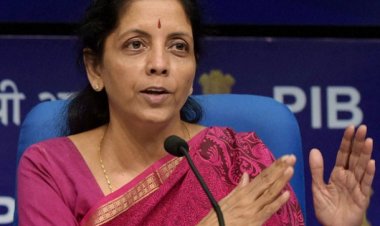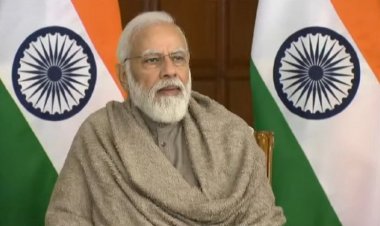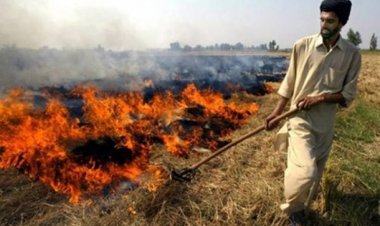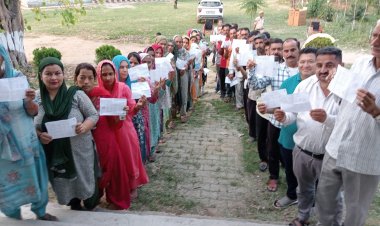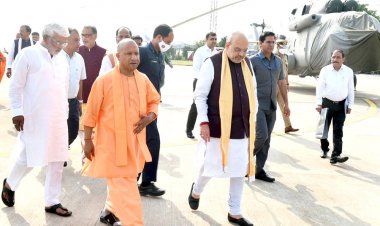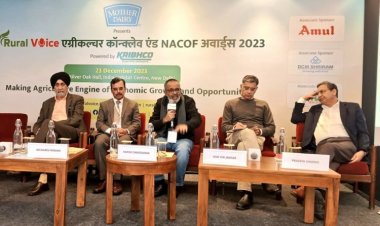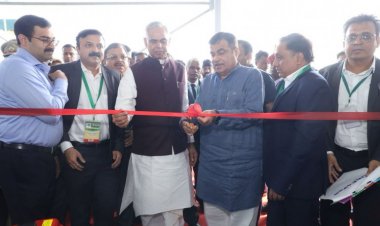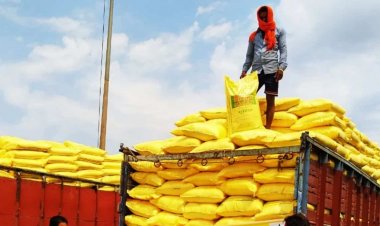Only 3.4 lt public procurement of wheat in two weeks since ban on export; 195 lt target seems difficult
As per the information available on the Central Foodgrains Procurement Portal (CFPP), the government had procured 179.89 lt of wheat till May 19, the date on which wheat export got prohibited. Subsequently, this figure reached only 181.16 lt till May 19 and 183.27 lt till the afternoon of May 26. Attaining even the revised procurement target of 195 lt seems to be difficult in such a situation.
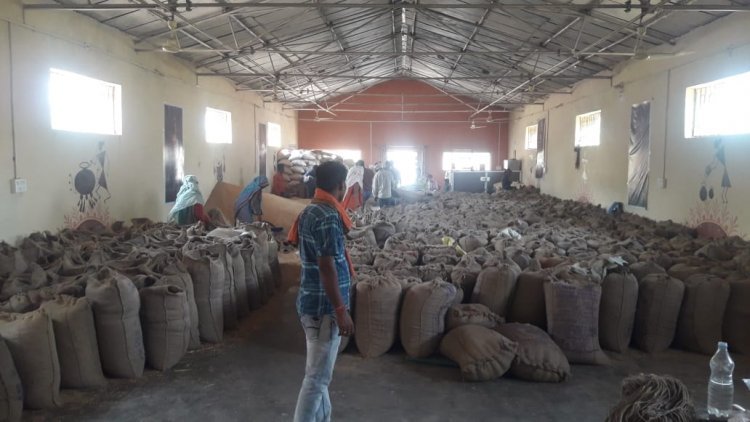
The public procurement of wheat has not gathered pace despite wheat exports being prohibited. The government had brought the prohibition of wheat export into effect on May 13 and as per the information available on the Central Foodgrains Procurement Portal (CFPP), the government had procured 179.89 lakh tonnes (lt) of wheat till that date. Subsequently, this figure reached only 181.16 lt on May 19 and 183.27 lt till the afternoon of May 26. Attaining even the revised procurement target of 195 lt seems to be difficult in such a situation.
Total procurement 183.27 lakh tonnes (lt)
|
Punjab |
96.10 lt |
|
Haryana |
40.97 lt |
|
Madhya Pradesh |
43.40 lt |
|
Uttar Pradesh |
2.73 lt |
|
Himachal Pradesh |
2900 tonnes |
|
Uttarakhand |
1943 tonnes |
|
Bihar |
982 tonnes |
|
Rajasthan |
946 tonnes |
|
Jammu and Kashmir |
255 tonnes |
|
Gujarat |
5.9 tonnes |
Source: Central Foodgrains Procurement Portal
In view of the procurement of 434 lt of wheat last year, the government had initially set a wheat procurement target of 444 lt but later revised it to 195 lt. However, the government has not made much reduction in the wheat production estimates. The earlier estimate of wheat production was 11.13 crore tonnes, which has been reduced to 10.6 crore tonnes. Wheat production stood at 10.96 crore tonnes in 2020-21. However, many farmers speak of a 15-20 per cent decline in wheat production due to a sudden rise in temperature in March-April.
According to CFPP, wheat procurement has almost come to a halt in Punjab. A total of 96.10 lt of wheat has been procured in the state so far. The procurement figures read the same on May 19, too. In Madhya Pradesh, it has gone up from 41.89 lt on May 19 to 43.40 lt. The procurement in Haryana has got stuck at almost half that last year. There had been a public procurement of 40.64 lt of wheat till May 19, which has now reached up to 40.97 lt. The procurement in Uttar Pradesh, too, tells a similar story — it has barely gone up from 2.47 lt to 2.73 lt.
The procurement in the rest of the states has been a mere formality. As of now, the wheat procurement has been 2,900 tonnes in Himachal Pradesh, 1,943 tonnes in Uttarakhand, 982 tonnes in Bihar, 946 tonnes in Rajasthan and only 5.9 tonnes in Gujarat. When export was prohibited, it was hoped that some of the farmers might turn up to sell their wheat at Minimum Support Price (MSP) in public procurement. But the procurement figures seem to belie that hope. In order to accelerate procurement, the government had even relaxed norms on May 15 and said that full payment would be made for shrivelled grains up to 18 per cent. Despite this concession, the procurement hasn’t gathered pace.
According to experts, this may be happening due to two reasons. One, the farmers do not want to sell their produce now in the hope of getting better prices later. Or, they are not left with any wheat to sell. This also suggests that there is little hope of any significant fall in prices in the days to come.
According to sources, the exporter companies that had purchased wheat are now cancelling their deals after the prohibition of exports. This has brought an air of uncertainty among the traders. Some of the exporters are nursing the hope that bearing in mind the prospects of bilateral trade, exports may be allowed to some countries.
Rice export may also come under “restricted” category
In view of the record inflation, the government first prohibited wheat export on May 13. It then shifted sugar from the “free” to the “restricted” category to curb its export. And now it is being heard on the grapevine that rice exports, too, may be controlled. According to reports, a committee led by the Prime Minister’s Office (PMO) is taking into consideration all essential commodities one by one. And non-Basmati rice is one of these commodities. According to the Second Advance Estimates for 2021-22, rice production is estimated at 12.79 crore tonnes this year. This is 1.15 crore tonnes higher than the last five-year average of 11.64 crore tonnes. India is the second-largest producer of rice after China and exports the foodgrain to about 150 countries. In the financial year 2021-22, non-Basmati rice was exported to the tune of $6.1bn.











